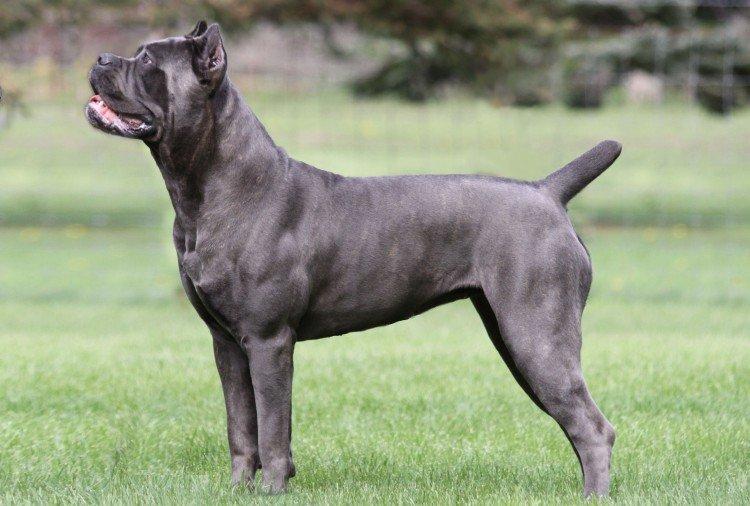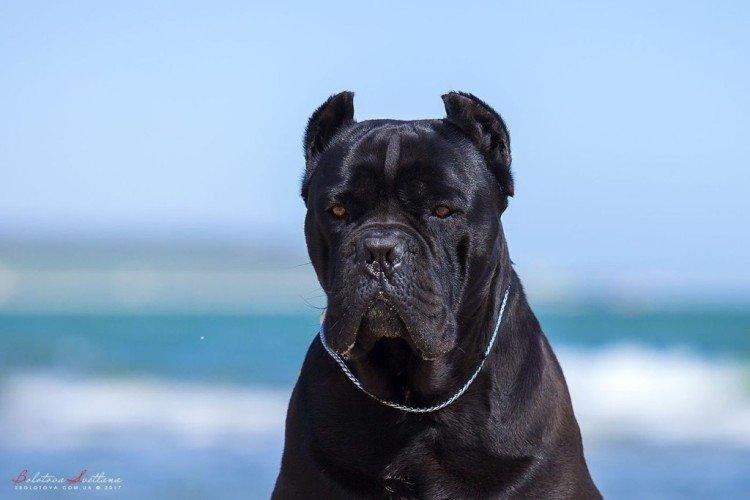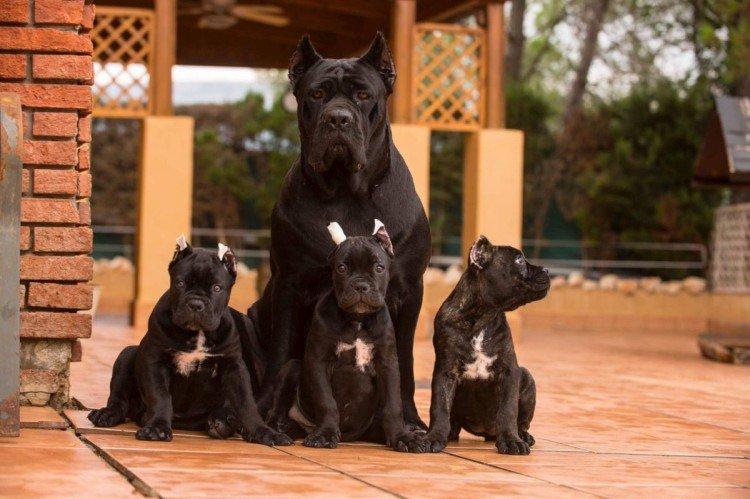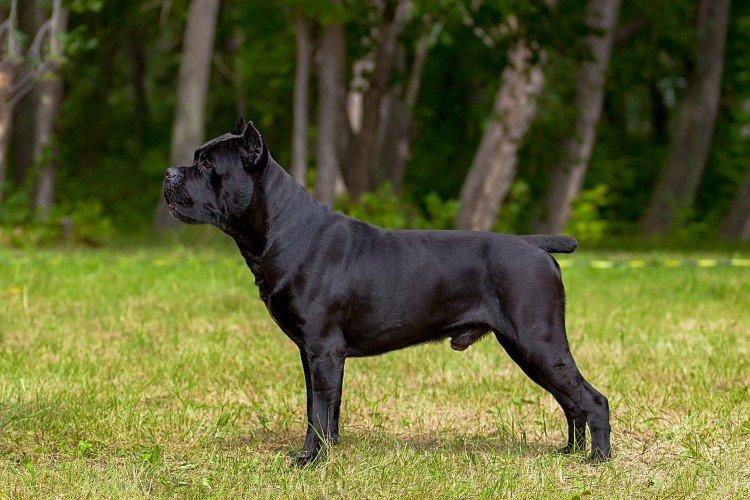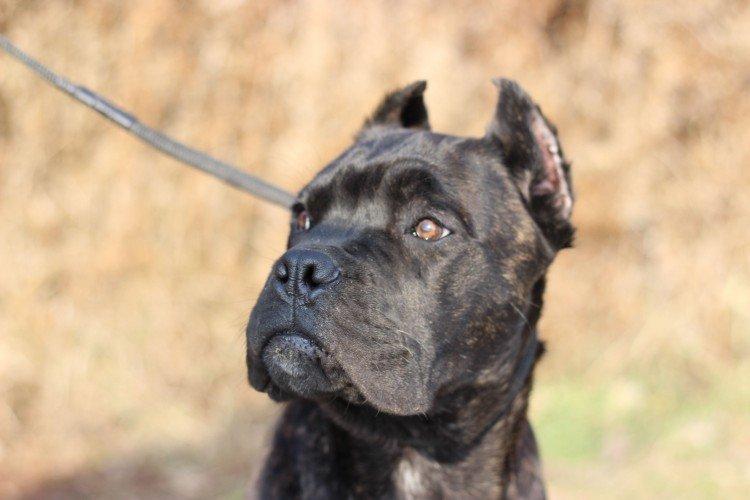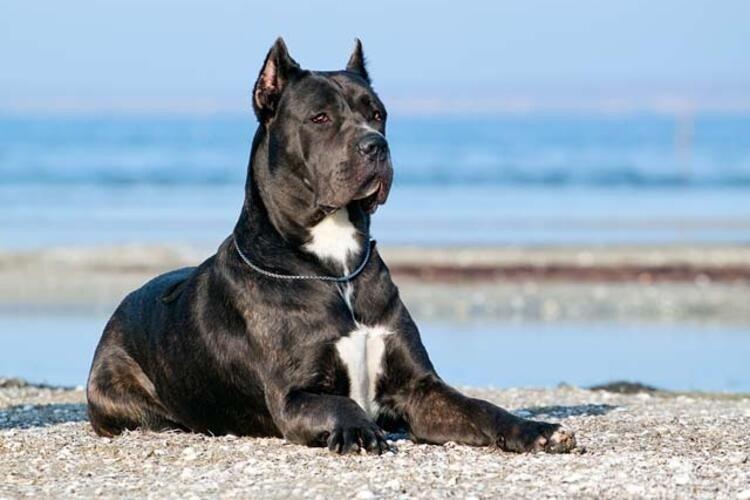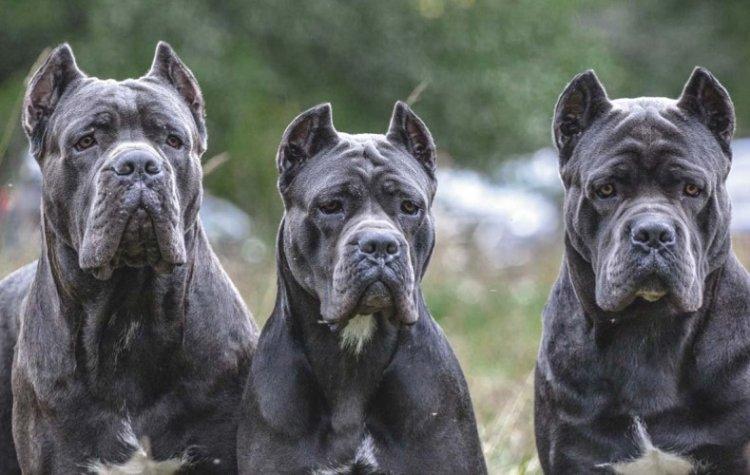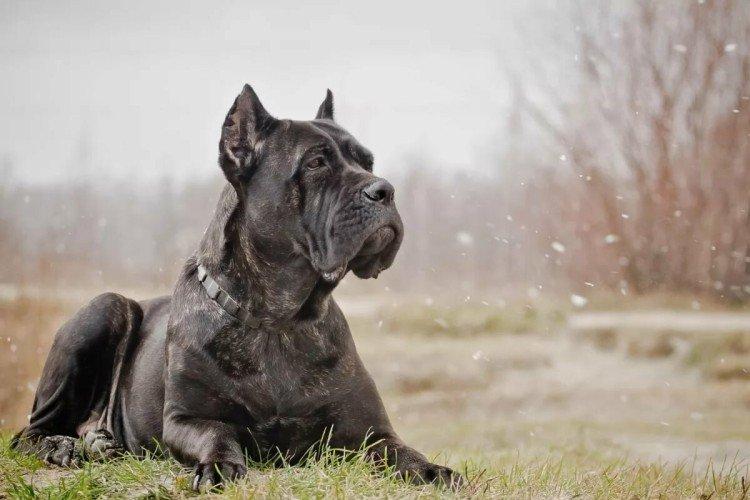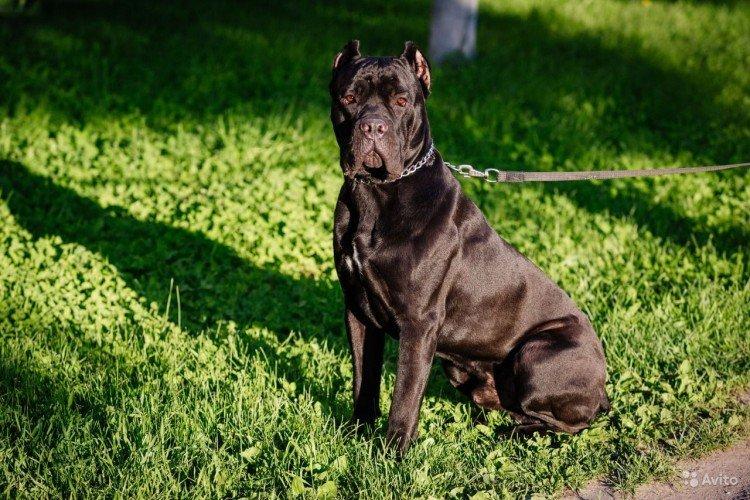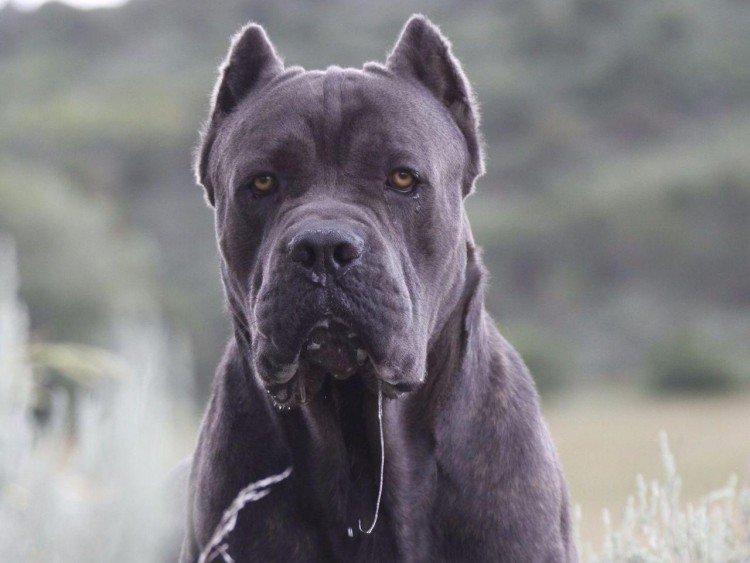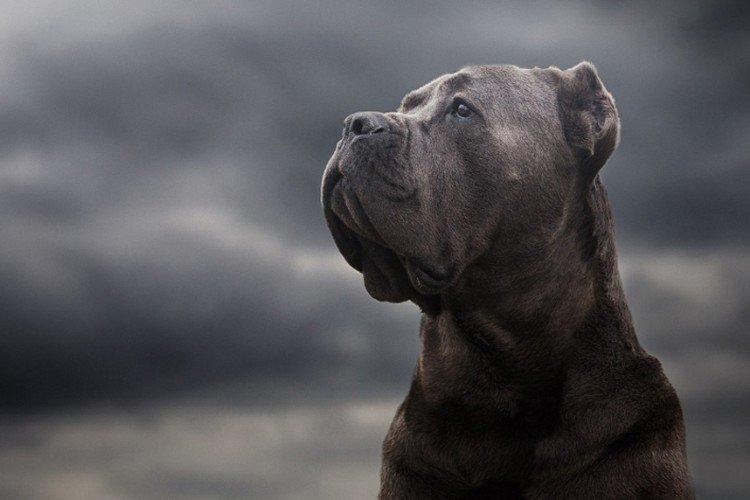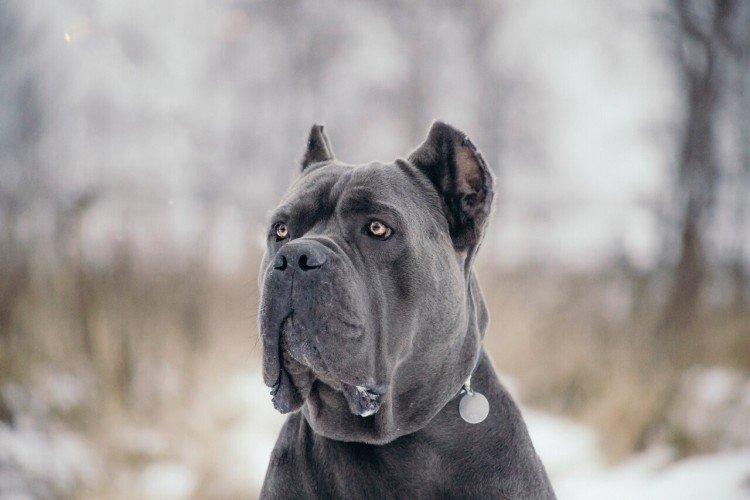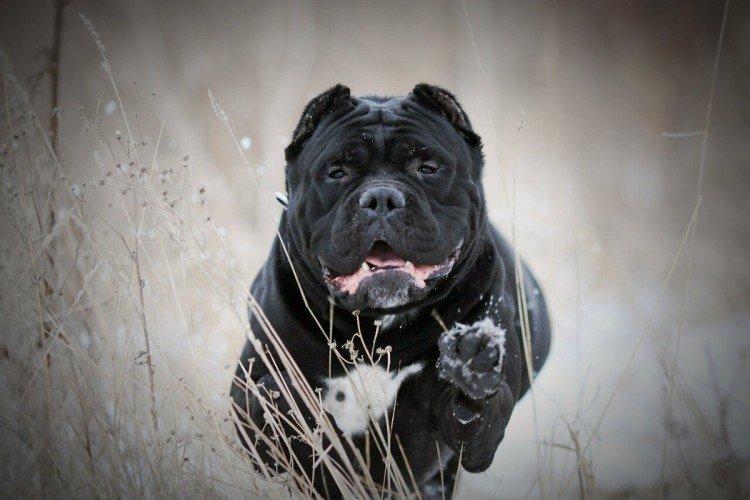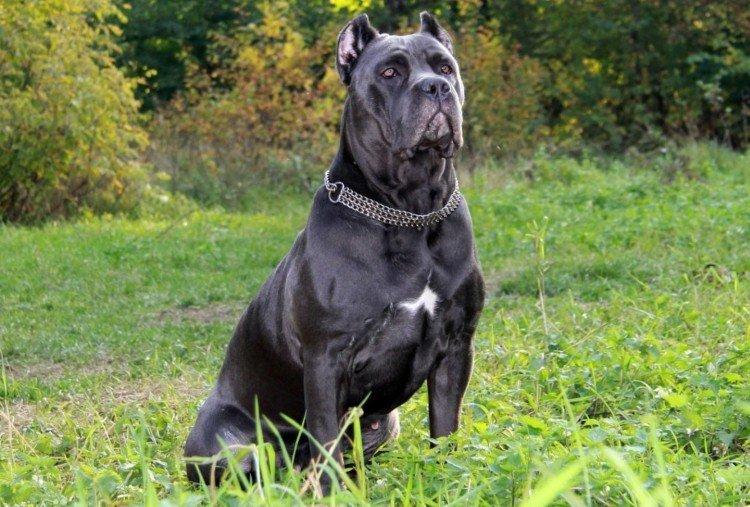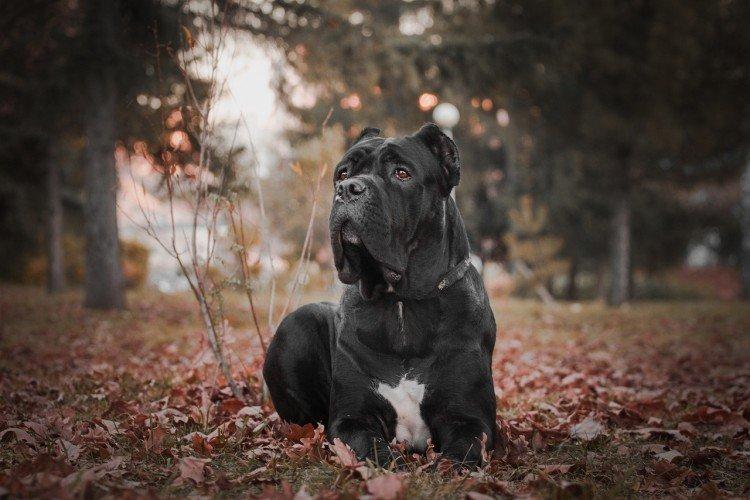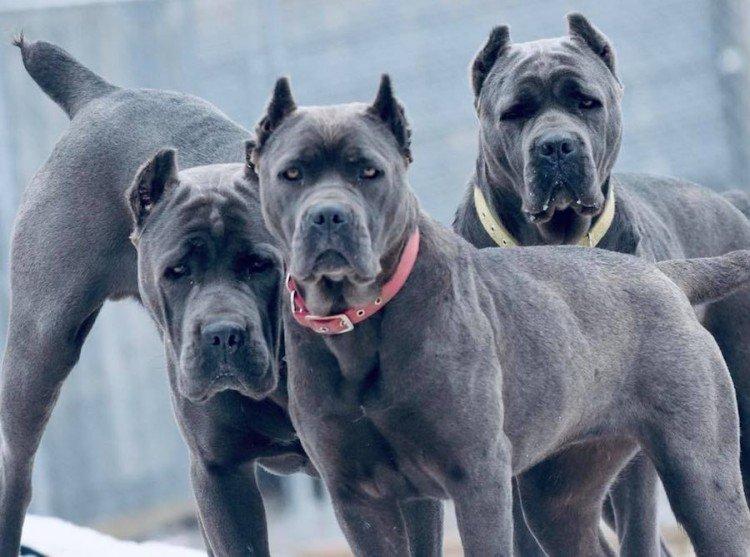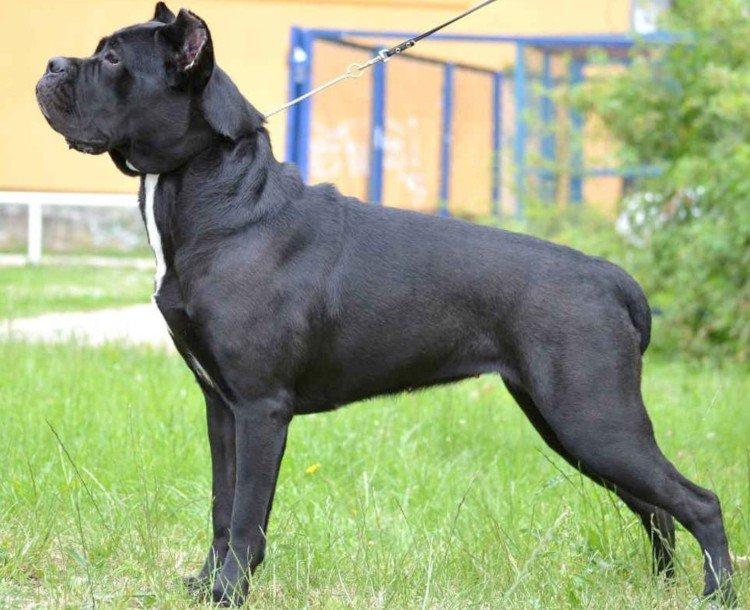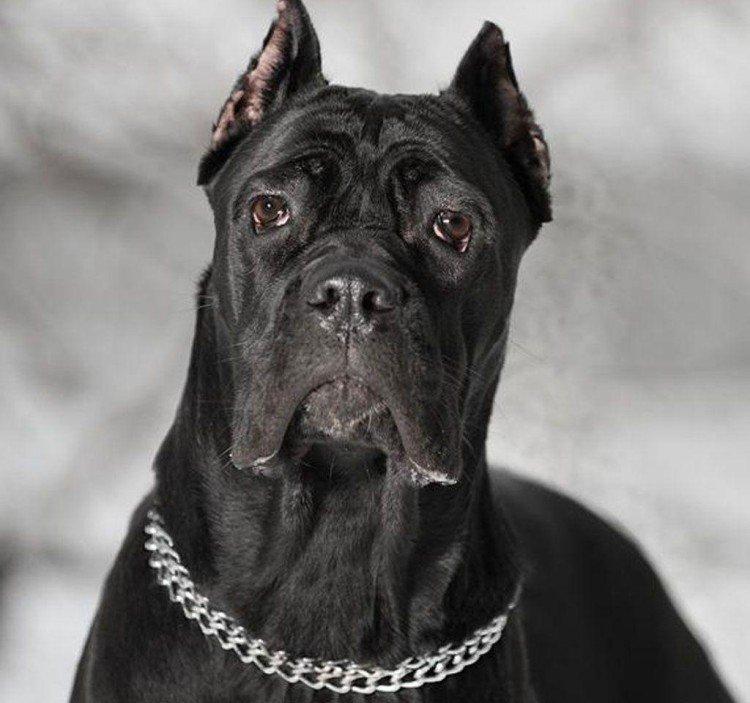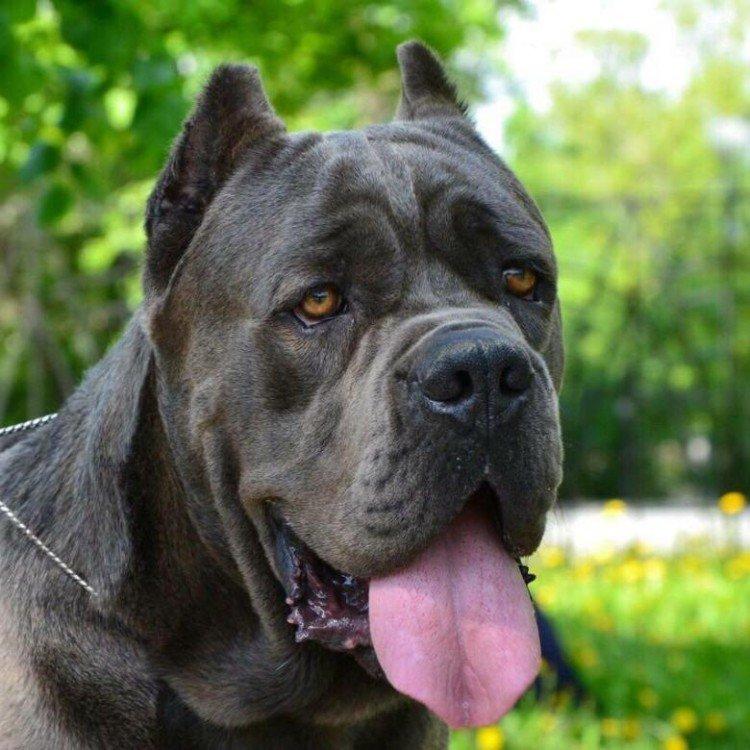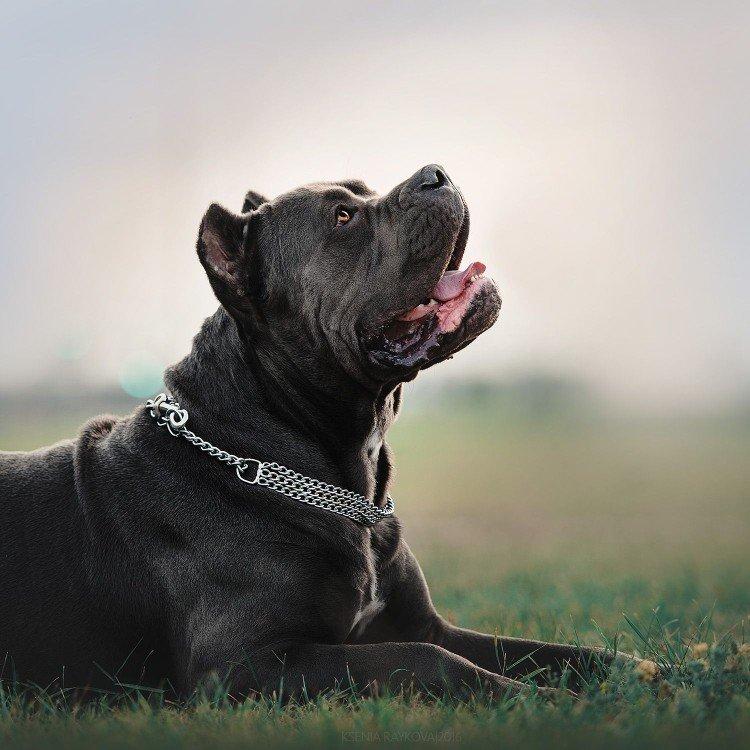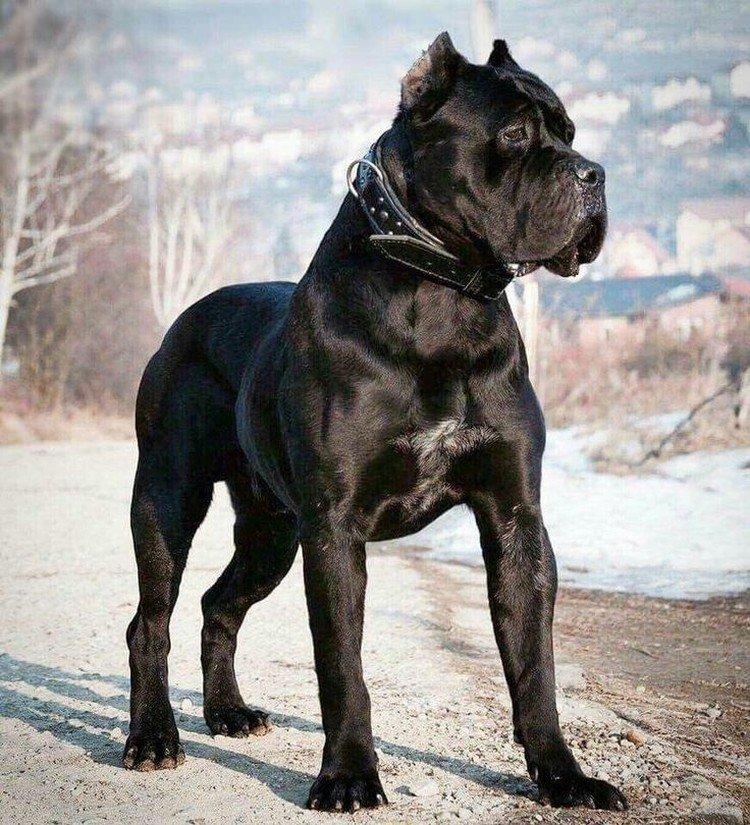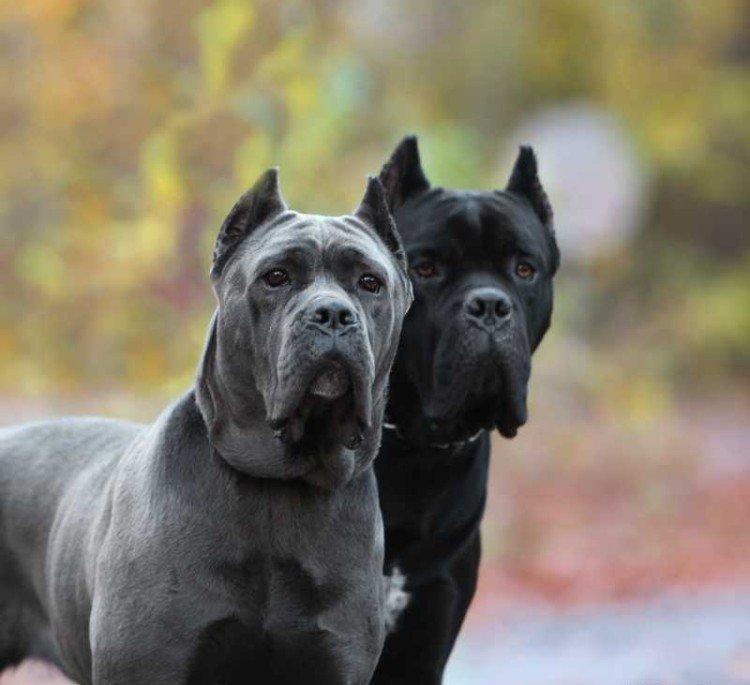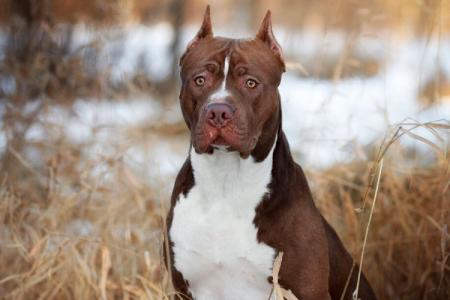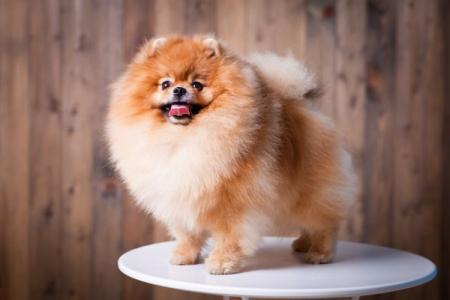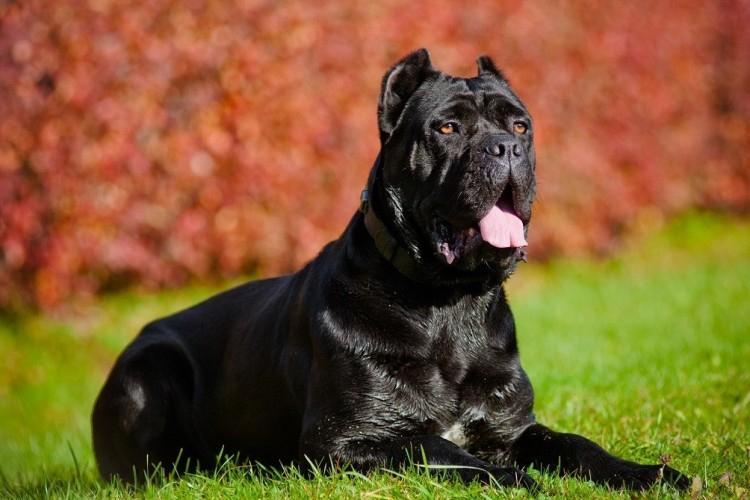
The Cane Corso is a gladiatorial dog and one of the oldest breeds in the world. Strong and resilient defenders, reliable working dogs and loyal guards - all this is a Cane Corso. In our latitudes, the amazing breed is not yet so well known, but it is gradually becoming more and more popular. So let's talk about its features and the specifics of care!
General description of the breed
Cane Corso or Cane Corso Italiano is one of the most ancient representatives of molossians. Whoever they were - guards, hunters, shepherds, nannies and military comrades. Legends were made about the courage and courage of these dogs in their homeland. The life span is up to 12 years.
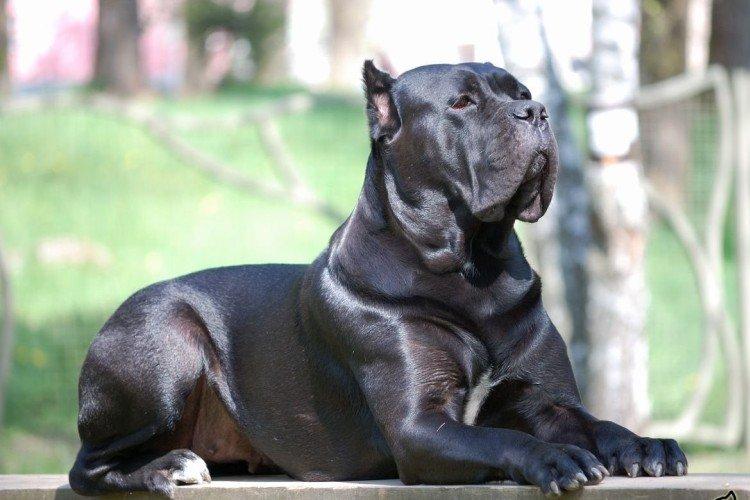
Origin story
The story is immense, because they are indeed the descendants of gladiator dogs. There is a version that the first representatives of the breed appeared in the first millennium BC. They accompanied the rulers on military campaigns.
After the Second World War, the breed almost disappeared from the face of the earth. But the Italian biologist Nizzoli took on an emergency rescue and made colossal efforts to reproduce them. The current standard was formed much later - in the 90s.
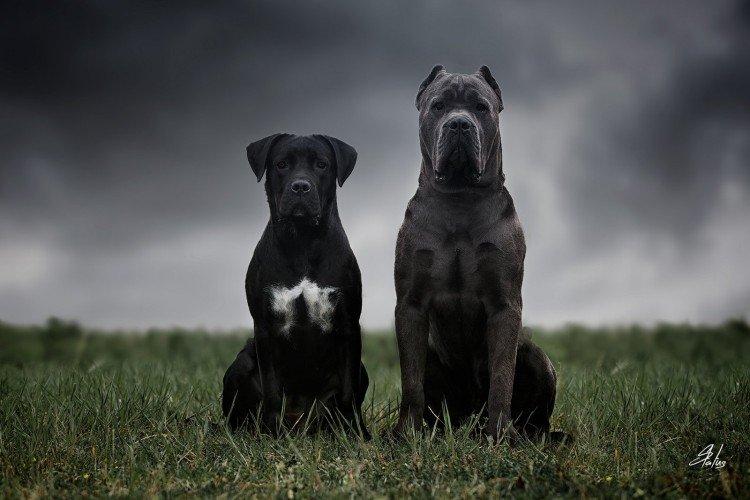
Cane Corso: breed standard
An adult dog can weigh up to 50 kg and grows to 68 cm, although history knows much larger individuals. The body of the Cane Corso is powerful and muscular, yet elegant and harmonious. The feet are very developed, with strong shoulders and strong legs.
The head is square, with a shortened muzzle and drooping ears - a fairly common pattern for molossians. The dark eyes are set wide apart, and the coat is very short, but very thick. Most often, there are black individuals, but let's say a red or brindle color with a dark mask on the muzzle.
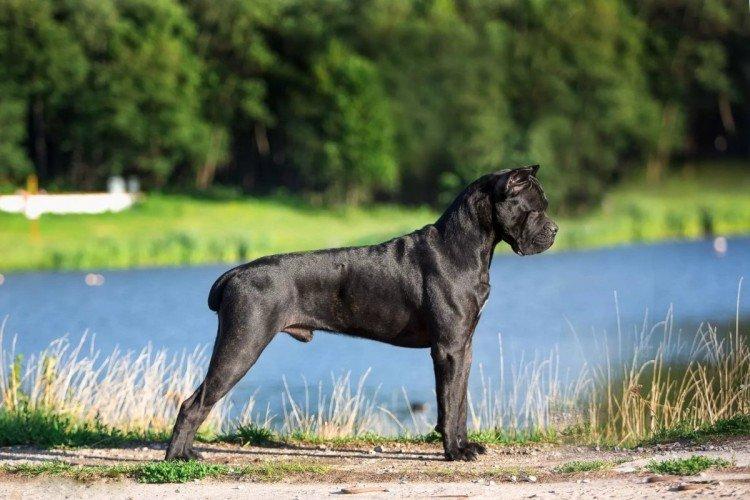
The character of the cane corso
Despite their frightening appearance, the Italian giants are completely non-aggressive, but they really dislike outsiders. The opinion that such a massive dog is lazy and apathetic is also fundamentally wrong - they are fast and energetic.
Features and temperament
Cane Corso easily join the family and become a full-fledged member. Well-bred dogs are very balanced and show aggression only to protect loved ones or territory. For loving owners, a huge dog allows almost anything.
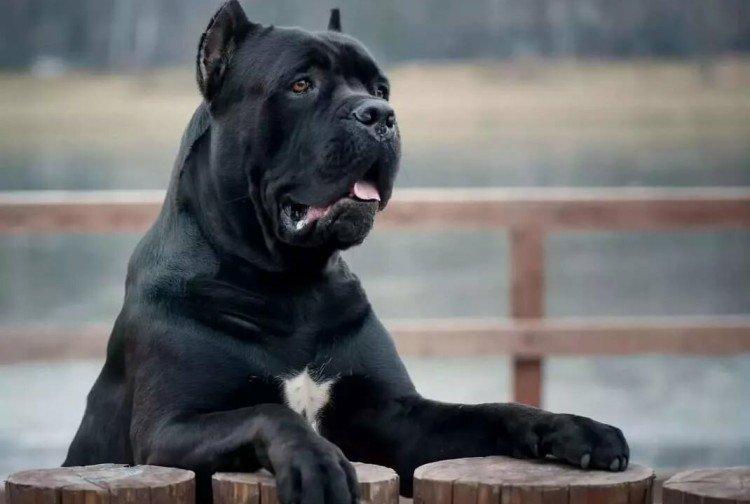
Attitude towards the owner
Cane Corso needs a strong and strong-willed owner. Otherwise, a pet with character will never recognize the leader and will not listen well. Keep in mind that dogs do not tolerate rude and disrespectful treatment.
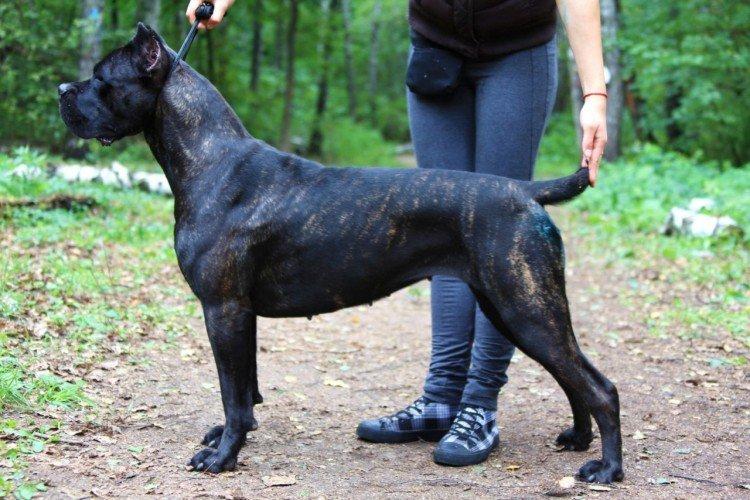
Attitude towards children
Surprisingly, the wayward Cane Corso turns into caring and endlessly patient nannies. Due to the fact that the dog is massive, the child is unlikely to be able to seriously harm her. And she, in turn, will protect the baby and will not allow herself a single careless movement.
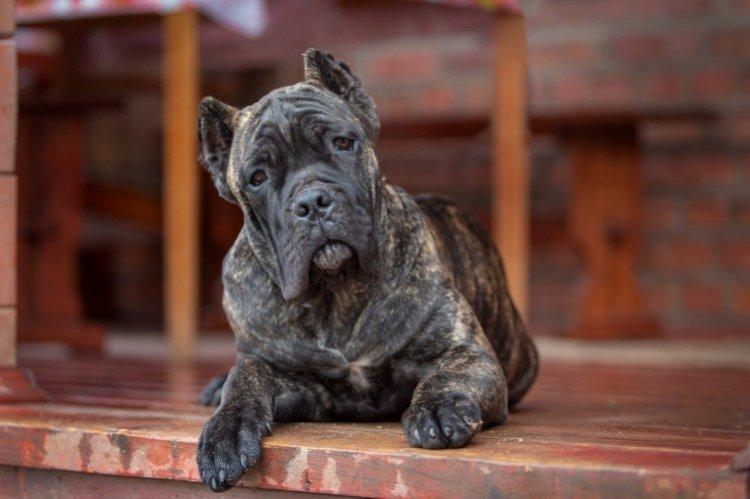
Relationships with other animals
In order for the Cane Corso to get along well with other dogs, they need to be socialized and taught from the first months. An adult dog will not tolerate competition and will be annoyed. But with small animals, they get along much more willingly and do not offend the weak.
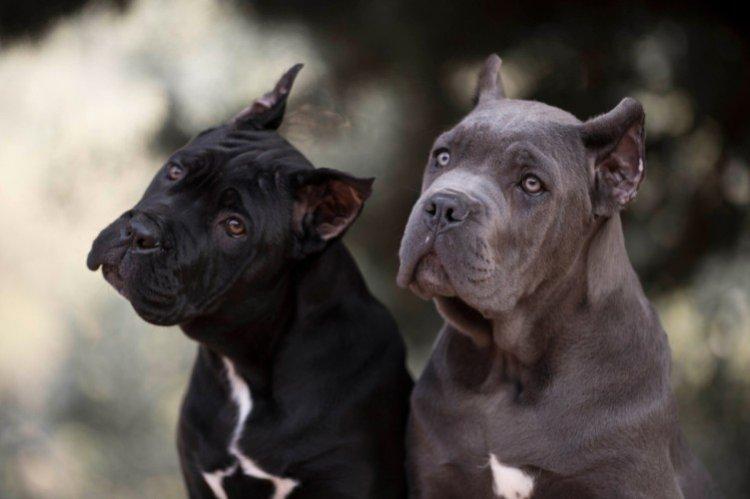
Caring for the cane corso
Adult dogs hardly smell or shed - a very hassle-free giant. Except that sometimes there is increased salivation, but this is characteristic of almost all molossians.
Conditions of detention
Despite the impressive size, the Cane Corso houses do not need too much space - they prefer to be active on walks. This is one of the few large breeds that really do well in a small city apartment. The dog is very freedom-loving, so it will not be able to live in the yard on a chain.
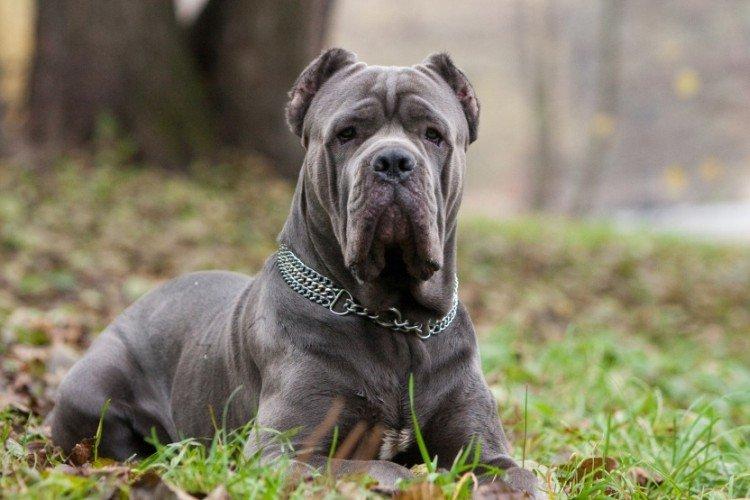
Hygiene
Every few days, the Cane Corso is combed out with a massage brush to remove excess hair and disperse the blood. It is better to bathe them as little as possible - detergents are bad for their skin.Brush your teeth several times a week and prevent your dog from chewing on too hard objects.
Periodically clean your ears and wipe your eyes with special sanitary napkins. After walking, be sure to wipe your paws and lubricate the pads with oil so that the skin does not crack.
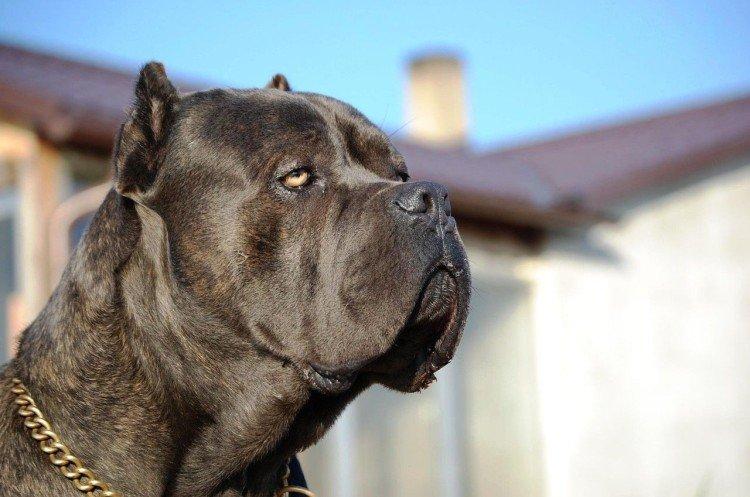
Walking
If you do not have enough time, take the dog for at least an hour 2 times a day. But then it is imperative to periodically arrange large outings. Jumps, grueling marches and all kinds of obstacle courses are suitable only for fully formed adult dogs, and even then - strictly dosed!
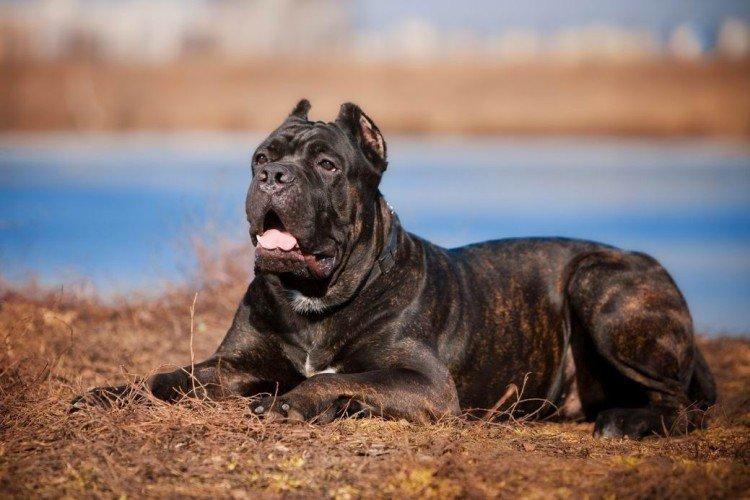
Education and training
The Cane Corso is not for nothing a versatile working breed. The dog is easy to train and often very docile. She readily accepts both playful and classic repetition workouts. It is recommended to periodically give the Cane Corso more difficult tasks so that they can show ingenuity and determination.
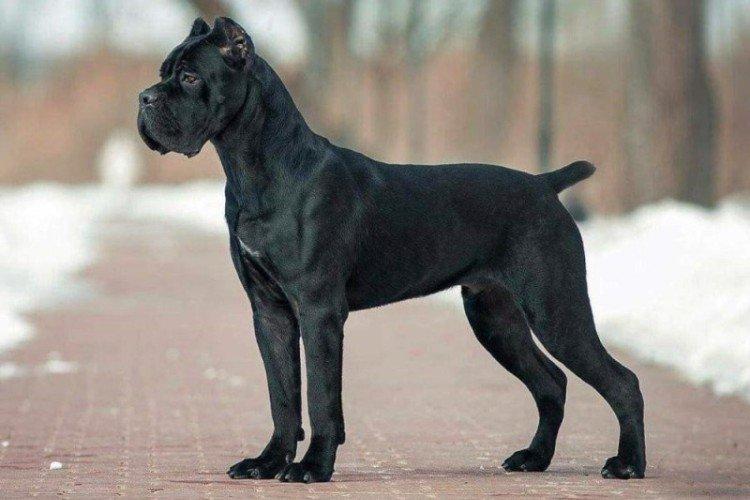
How to feed the Cane Corso
It is best to feed the Cane Corso a balanced feed for large breeds. The diet must contain vitamins, fish oil, protein and collagen. It is important to periodically change the diet, depending on the age, stress and health of the animal.
A puppy up to 4 months old is fed five times a day, and strictly dosed, because they cannot overeat. You need raw beef, boiled poultry, a rabbit and some cereals, oatmeal, carrots and sour milk. Dairy products and cottage cheese are given in dosage, because an excess of calcium is fraught with problems with joints.
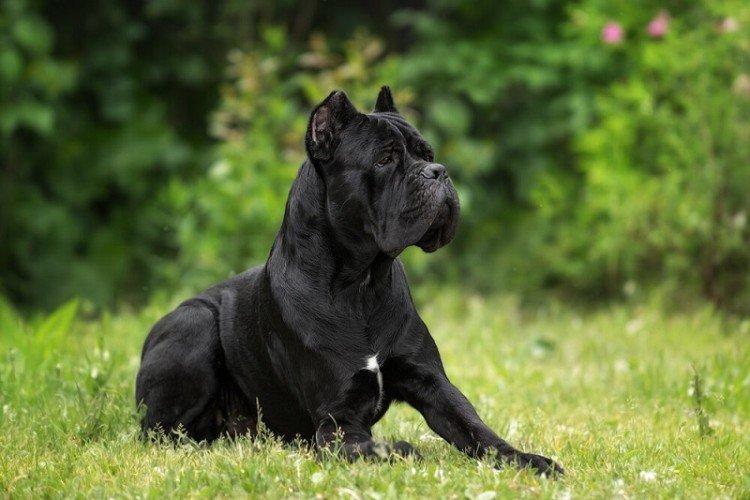
It's time for puppies under one year old to introduce beef bones into the diet and increase the amount of calcium. Gradually, it is transferred to three meals a day and the calorie content of food is increased in proportion to the load. You can not give the Cane Corso too fatty food - these are almost guaranteed problems with the liver and pancreas.
Dogs after a year seem to be able to eat endlessly because they build up muscle mass. Offal and offal are suitable - they are rich in essential trace elements and collagen. Sometimes you can give seasonal vegetables, fruits, berries and even nuts. Adults eat kane-koso twice a day, and the basis of the diet is raw or boiled meat, boiled vegetables and cereals.
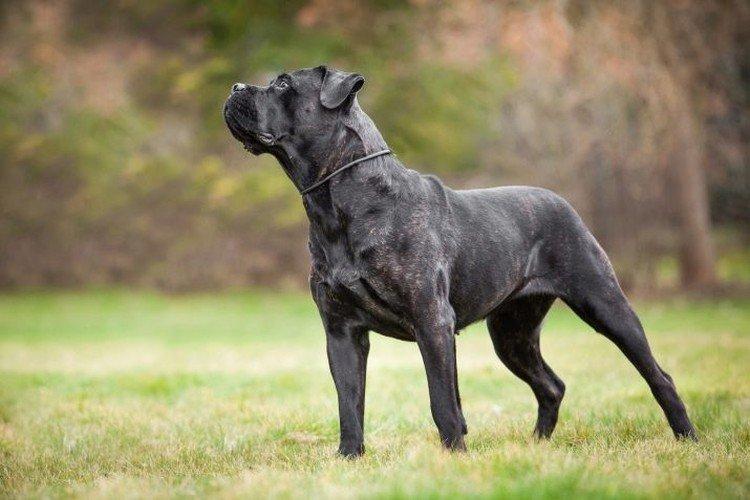
Breed health and disease
Cane Corso often suffer from liver failure, and it develops quite quickly. In the same way, pancreatitis appears, although the exact causes are still unknown and are not always related to nutrition. Therefore, it is important to regularly examine the dog by a specialist and do biochemistry.
Among congenital pathologies, there is dysplasia of the hip joint, which is generally characteristic of large breeds. This causes hind limb problems, so pay attention to how the dog walks and runs.
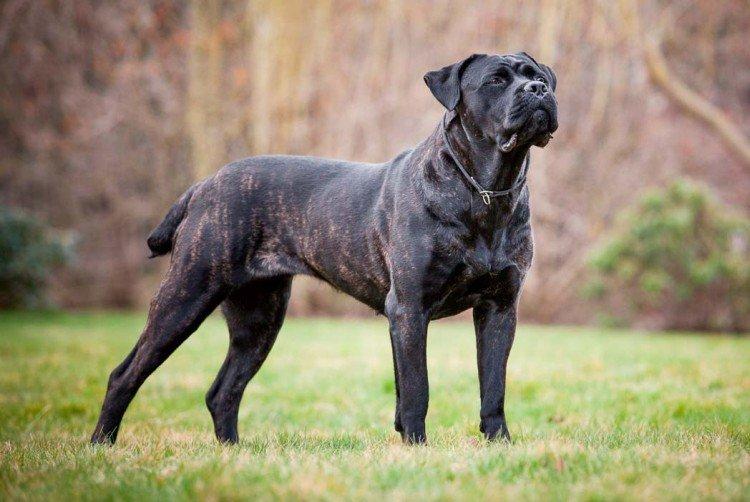
How much does the cane corso cost
Cane Corso puppies have always been considered elite, so the cost of a baby with documents starts from 20-30 thousand. At your own peril and risk, you can buy a dog from 10 thousand rubles. The price of individual individuals reaches 60 thousand and more.
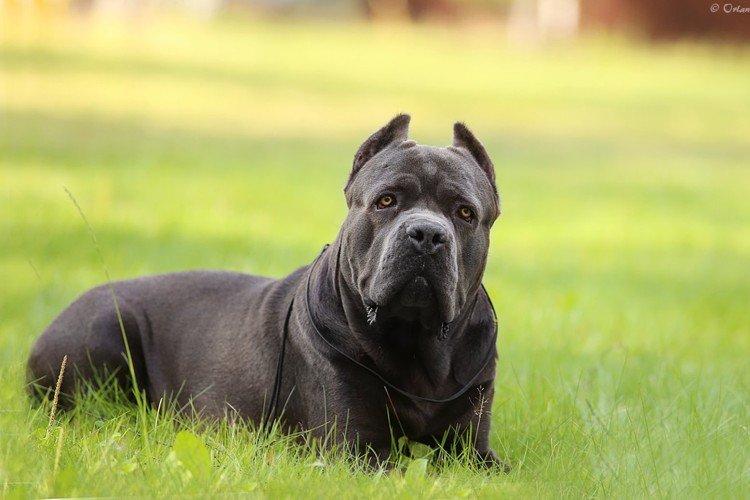
Cane Corso - photo
The Cane Corso breed is so powerful and spectacular that it is impossible to remain indifferent. So we couldn't, while we were preparing this selection of photos for you!
